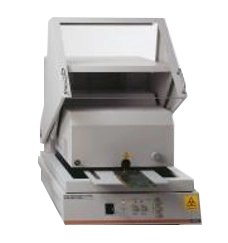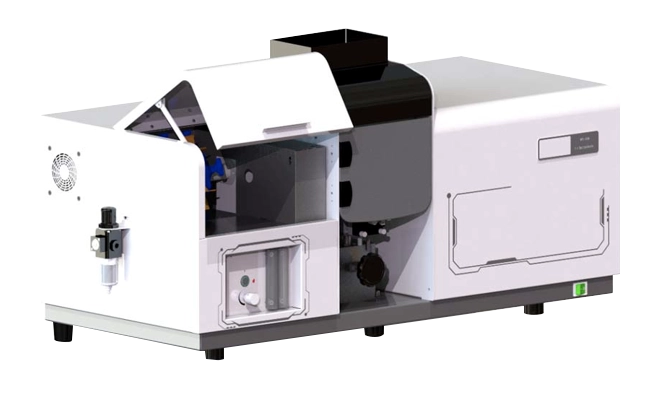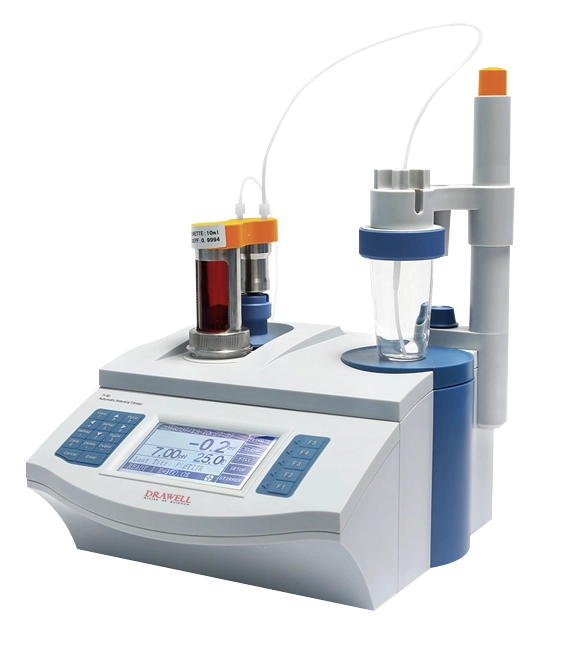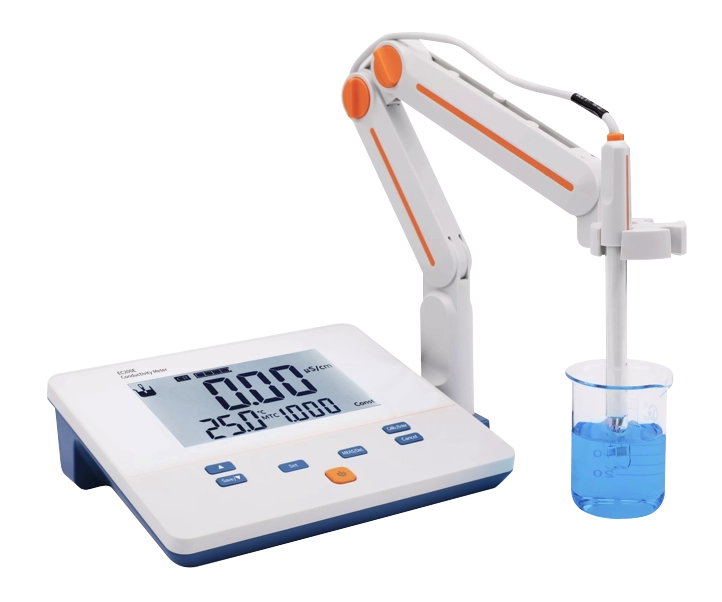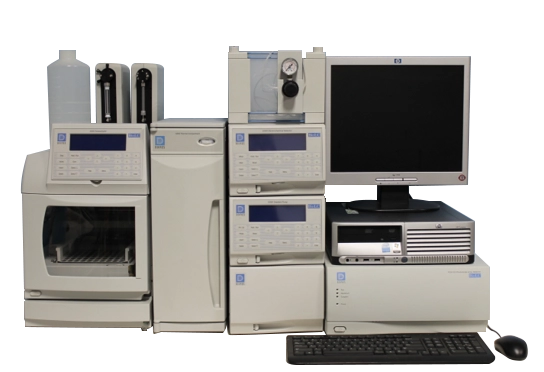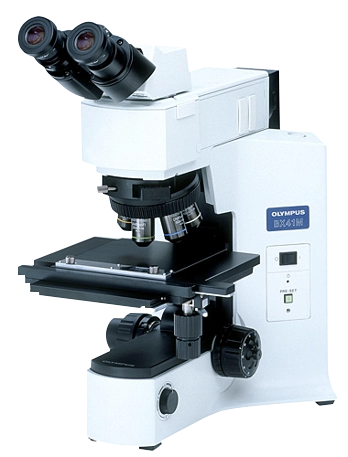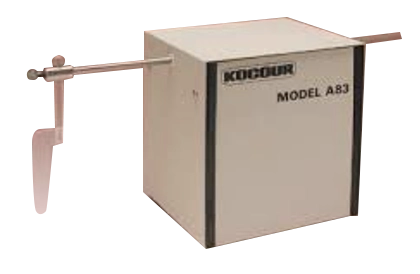COATING COMPOSITION
Coating composition by XRF
COATING THICKNESS
Coating thickness is an important variable that plays a role in product quality, process control, and cost control. By recording and monitoring the thickness of the coating, we can keep a tab to avoid over and underapplication. This helps in keeping the surface finish right while maintaining the performance as well. Coating thickness can be determined by XRF (non-destructive) or by the Colometric Method (destructive). The Colometric method is used for measuring the coating thickness and potential difference of multi-nickel coatings according to ASTMB764.
coating weight
Coating weight is determined on a test panel or part with a known surface area is first weighed as-is. This test is performed to measure the coating weight on the part in comparison to specifications requirements. Coating weight is typically performed on Anodized, and Phosphated surfaces.
COATING ADHESION
The Cross Hatch Test Method is widely used to assess the adhesion of paint coatings and provides an instant assessment of the quality of the bond to the substrate. The cross hatch test is a visual comparison method for paint and powder coatings up to a specified thickness. This is a destructive test of the coating, so it is typically performed on a representative panel
